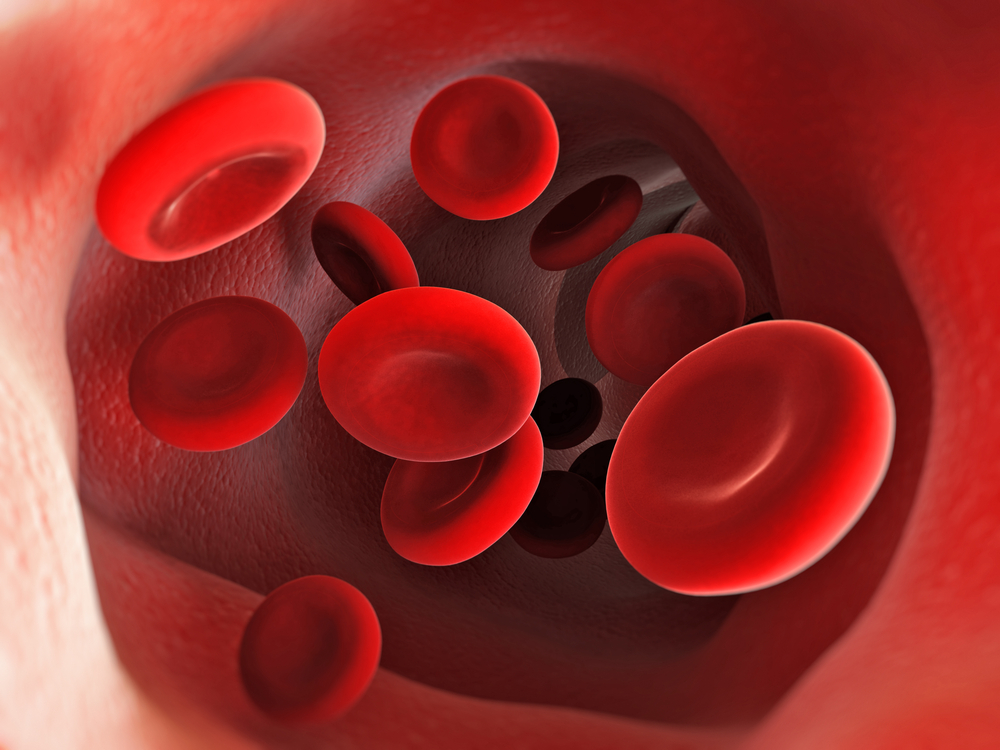Sickle Cell: New Computer Model for Spleen’s Red Blood Cell Filtration Could Help Study Disease
Written by |

A multidisciplinary team of researchers recently created a computer simulation model that shows how the spleen regulates red blood cell circulation. The model could provide a new tool to study the spleen’s role in controlling diseases that affect the shape of red blood cells, such as sickle cell anemia and malaria.
The research paper, titled “Biomechanics of red blood cells in human spleen and consequences for physiology and disease,” was published in the Proceedings of the National Academy of Sciences.
Red blood cells (RBC) deliver oxygen to organs and tissues; their correct size, shape and elasticity are essential for correct circulation and survival. Diseases such as malaria, sickle cell anemia, thalassemia and hereditary spherocytosis, can affect red blood cell integrity, affecting blood flow and resulting in RBC accumulation.
When alterations in characteristics are detected, red blood cells can be cleared from circulation. The function takes place in the spleen, and it is modulated by tiny spleen structures called interendothelial slits (IES). Because the structures are very small, the process cannot be observed in a living organism.
In the study, researchers created a computer model that allows the observation of this process and the ability to determine the range of cell sizes and shapes selected by the spleen. The range was observed to be close to the range of sizes and shapes of healthy red blood cells, which indicated that only normal RBC can pass through the slits and that diseased or old RBC are stopped from re-entering the bloodstream.
“The computational and analytical models from this work, along with a variety of experimental observations, point to a more detailed picture of how the physiology of human spleen likely influences several key geometrical characteristics of red blood cells,” said Carnegie Mellon University President and one of the study leaders Subra Suresh. “They also offer better understanding of how the circulatory bottleneck for the red blood cell in the spleen could affect a variety of acute and chronic disease states arising from hereditary disorders, human cancers and infectious diseases, with implications for therapeutic interventions and drug efficacy assays.”
In addition to providing a tool for the reconstruction of RBC circulation in the spleen, the findings could result in developing disease prognostic markers and future drug treatments.





